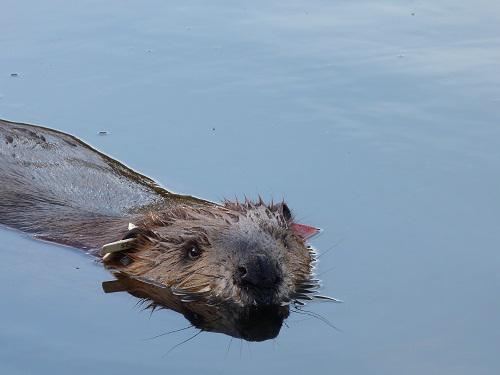Alejandro Pietrek
Other projects
27 Oct 2010
Predicting and Managing the Spread of Invasive Beavers in the Heterogeneous Landscapes of Patagonia
This project aims to build invasion models that incorporate pre-existing and induced habitat heterogeneity to better forecast the spread of beavers in Patagonia.

A radiotagged adult with uniquely colored ear-tags in the Patagonian steppe.
This project aims to understand how habitat heterogeneity influences the spread of an invasive species, the beaver in Patagonia. Beavers were introduced to the island of Tierra del Fuego in 1946 and have since spread throughout the southern beech forest and more recently through the adjacent steppe. They reached mainland Chile by the year 2000, threatening invasion of all of Patagonia. Beavers drastically alter woody biomass and hydrology, potentially causing both extinction of native species and economic harm to humans, thus highlighting the need to control their spread. Observed rates of invasion in forest and steppe are strikingly different, supporting the hypothesis that habitat affects beaver demography and movement. For this research we will construct a set of models of differing complexity, incorporating habitat-specific vital rates and movement and parameterized with data we are collecting in the field in Tierra del Fuego. This work will help to identify effective and efficient tools for forecasting and managing invasive species that spread through heterogeneous landscapes.
In addition to extrinsic heterogeneity, invaders can also create heterogeneity by altering resource availability or the abiotic environment (a classic example is the construction of ponds by beavers, but many species alter their own abiotic environments). This self-generated heterogeneity can not only affect vital rates but may also influence dispersal, potentially impacting the speed of the invasion. By measuring habitat variables as a function of time since invasion, this project will also examine how beavers change habitat quality and how that change feeds back to demography and movement, a feature common to many invaders.